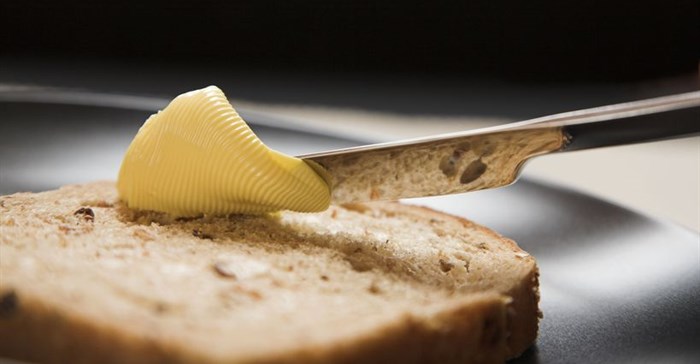It's nothing but oil and additives, without a single fresh ingredient whatsoever. But it's affordable and well-packaged, and so it sells. We're talking about margarine: the poor man's butter.
It is a perfect example of how the food industry multinationals, with their slick marketing, big advertising budgets, and unfailing support from large retailers, can push just about anything on the public and earn huge returns.
Despite regular health warnings, margarine is experiencing a new lease on life and giving the product it tries to imitate, butter, a run for its money.
France remains the worldwide leader, with annual butter consumption of 8kg per person.
However, for the past 30 years, sales have been declining steadily because of competition from vegetable oils and margarine.
In 2012, France produced 410,000 tonnes of butter. That same year, it produced 93,000 tonnes of margarine, with sales and consumption estimated at €471m and 2.66kg per person, respectively.
Margarine’s recent success is due in part to a major structural shift in the market. In 2000, 93% of products seen on shelf displays were classic margarine (traditional or light). Only 8% displayed some kind of "health claim". Today, the balance is reversed: 63% claim to have "health" qualities.
Much of the focus is on nutrients, such as omega 3 and 6, and vitamins A, D, B1, E1, which reduce cholesterol, help with good cardiovascular functioning and, of course, are environmentally friendly and sustainable.
On supermarket shelves, it is hard to find a label that even says "margarine" nowadays. Distributors prefer the term "spread".
Long gone are the days when Boudet, the rapporteur of the Paris public health commission, considered erecting a statue made out of margarine in honour of its brilliant inventor, Hippolyte Mège-Mouriès — on the condition, of course, that the monument not be exposed to intense sunbeams. That was on the eve of the Paris Commune, a time when the Eating and Drinking Society acknowledged that, "The most essential nutrient after bread, the most indispensable, both on the table and in the kitchen, is butter."
Butter, though, was expensive, often defective, and inaccessible to the working class. There was a pressing need to make "a fresh, nutritional butter, free of any element that could harm the public health or one’s own consumption".
This would be the work of Mège-Mouriès, a chemist and wheat specialist who emulsified beef fat with milk and water to produce "a real butter that could replace ordinary milk butter". Mège-Mouriès’s invention was authorised for sale in 1872 under the name "margarine", and at the end of the 1870 war, it started spreading across the world — no pun intended. A 100% made-in-France success!
The discovery in the 1920s of the hydrogenation of vegetable oils process made it possible to drop animal fats and solidify margarine with the emulsion of oils and water.
Then came the battle of fats: the "bad" saturated fats present in cheeses, butter and cream, versus the "good" non-saturated fats contained in the vegetable oils used in margarine.
Margarine manufacturers and nutritionists hostile to butter had hit the jackpot.
But then came the discovery of an even worse fat — the "trans fat" — which is generated during the hydrogenation process and likely to cause an increase of bad cholesterol, and risks of heart attacks or heart diseases.
Faced with adversity, the industry developed the "fractionation" method, which limits the tenor in trans fat to less than 1%. All the additives, aromas, food colourings and preservatives still appear alongside the palm, sunflower, linseed, colza and copra oils enriched in omega 3 and vitamins.
The list of ingredients on the back of a margarine pack is always longer than for butter — but with one notable difference: margarine contains nothing of animal origin.
That makes all the difference for vegetarians and vegans, the new followers of this food industry jewel who are showing once again that to feed themselves, they often prefer the factory over the farm.
New York Times
















